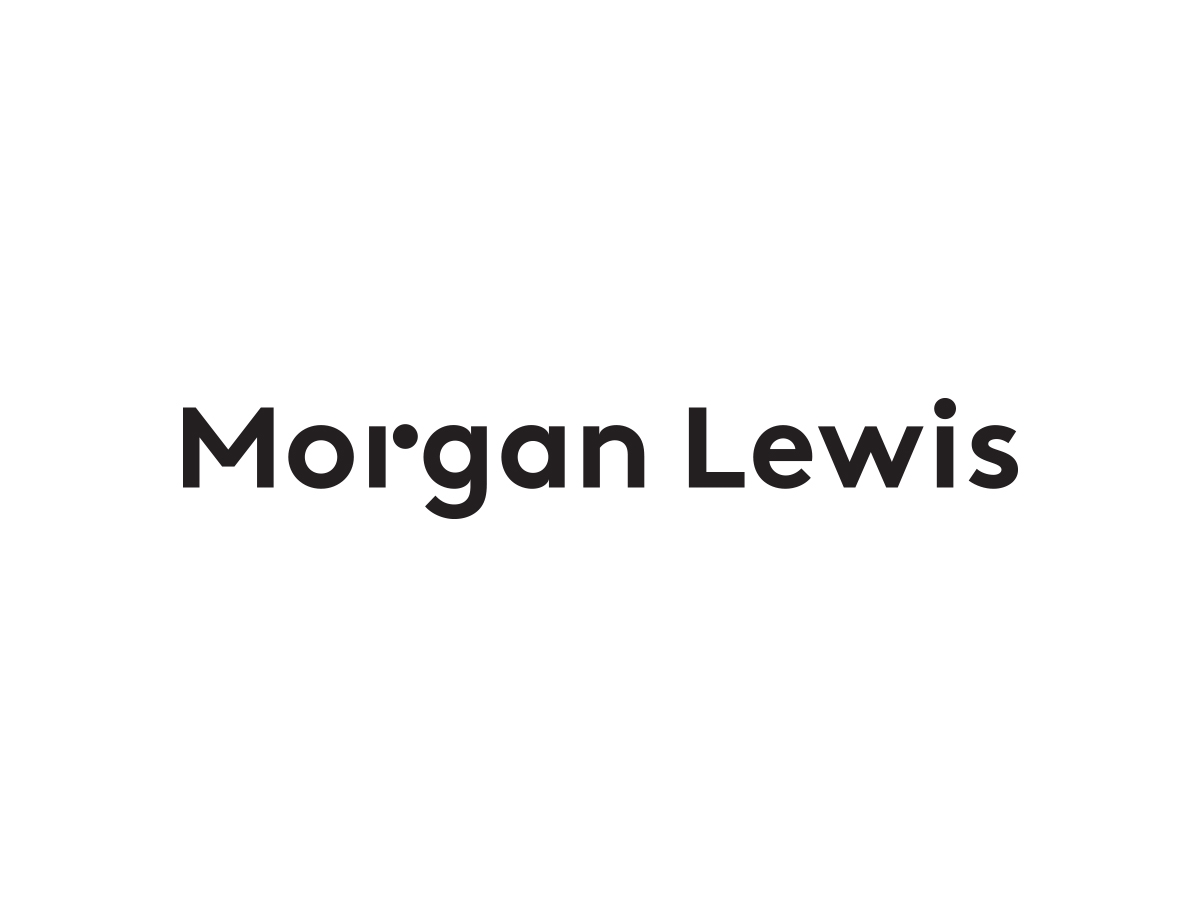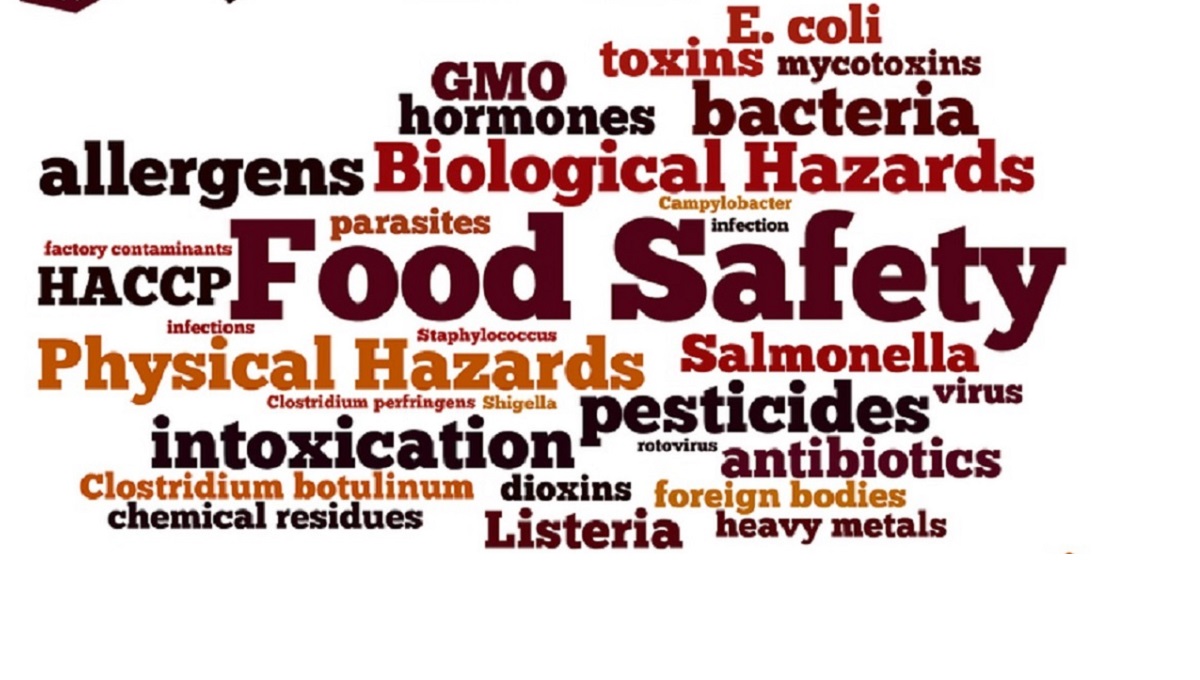[ad_1]
This is the fourth and final post in a series aimed at getting the HR, benefits, and executive compensation functions of your organization ready for a potential sale or similar corporate transaction. This post addresses considerations for your organization’s health and welfare plans in a potential sale.
As a note, the phrase “health and welfare plans” is an umbrella term covering medical and prescription drug, dental, and vision benefits as well as accident, disability, and death benefits; retiree medical plans; and vacation benefits, but also programs such as daycare, scholarship, legal services, transportation, and others.
Preparing for a sale? Catch up on Part 1, which provided general guidelines and suggestions on how to get organized. Part 2 addressed change of control documents that may be affected by a potential sale, as well as the treatment of outstanding equity compensation. Part 3 addressed the impact of a sale on your organization’s retirement plans.
Health and Welfare Plan Considerations
A potential buyer will want to know whether your health and welfare plans are operated in compliance with applicable laws to assess the legal and financial risks it may be facing.
We recommend that for your health and welfare plans, you begin to compile definitive copies of the following:
- Insurance contracts, policies, and certificates of coverage for all plans; if the plan is self-insured, copies of any administrative services agreement, funding arrangements, and stop-loss insurance
- Plan documents, including a “wrap” plan document (if any)
- Most recent summary plan description (SPD)
- Any summaries of material modifications since the last SPD update
- Section 125 cafeteria plan document
- Forms 5500 and evidence of timely filing
- Employee handbooks
- Copies (or, if unavailable, a written description) of fringe benefits and perquisites
- Any nonroutine correspondence with a governmental entity related to health and welfare plans
Also, for employers with 50 or more full-time employees, compliance with the Affordable Care Act (ACA) is an important issue.
If your plans are subject to the ACA, you should compile definitive copies of the following:
- Summaries of benefits and coverage
- Annual nondiscrimination testing
- Forms 1094-C and 1095-C
Finally, there are a few common compliance issues that we regularly encounter and that you should be aware of to avoid any eleventh-hour problems. If any of these issues below apply to your organization, it is important to be proactive and talk to your service provider or legal counsel.
- Do you have a Section 125 cafeteria plan document? (We regularly work on deals where targets don’t have the plan document, it is unsigned, or it does not cover all eligible benefits.)
- If you are filing a single Form 5500 for your health and welfare benefits, do you have a wrap plan document?
- Do you have enough plan participants that you are required to file Form 5500 and, if so, have filings been timely made?
- If your welfare plan is funded with a voluntary employees’ beneficiary association (VEBA) and has more than 100 participants, has the plan undergone an annual audit, and has the audit report been filed with the plan’s Form 5500?
- If you’re subject to the ACA, have you conducted plan testing to confirm that the plan meets applicable ACA requirements?
- Have you confirmed plan eligibility for all participants and plan participating employers (if any)?
- Do you participate in a multiple employer welfare arrangement (MEWA)?
- Are the owners of your organization receiving Schedules K-1 but also participating in your health and welfare benefits on a pretax basis?
- Are your perquisites documented as a written policy, and does the policy require documenting the costs and expenses?
[View source.]
[ad_2]
Source link



